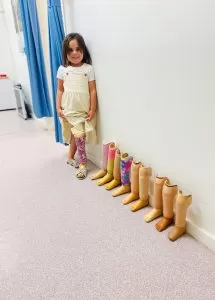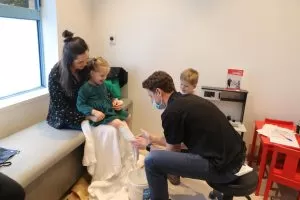A prosthesis is an artificial device designed to replace a missing body part and restore its function.
A prosthetic limb specifically refers to an artificial arm or leg created for individuals with limb loss and limb difference. These devices are custom-made to suit your unique needs, ensuring comfort, functionality and improved mobility
The process of making a prosthesis will often begin with measurements and a cast of your residual limb. If you are a new amputee (undergone recent amputation) and would like to know more about how this process, check out our resources here.
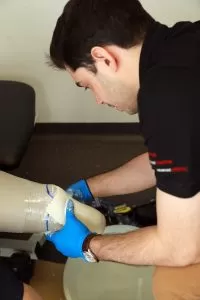

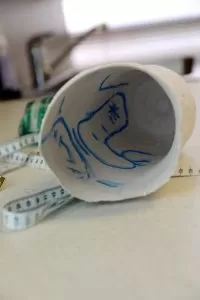
All prostheses are custom-made locally at the APC clinic you visit. Our expert technicians manufacture each prosthesis on site to ensure it fits your needs perfectly. While the prosthesis is made in house, some components may be sourced from trusted industry partners both locally and globally, to ensure the highest quality and functionality for your device.
The cost of a prosthetic limb depends on several factors including the type of prosthesis, technology and materials used, Maintenance and replacement costs may also vary over time. For detailed information, we recommend discussing your specific needs and funding options with our team.
Absolutely! APC has been providing prosthetics for kids with limb difference and amputation for many years. Paediatric Solutions
